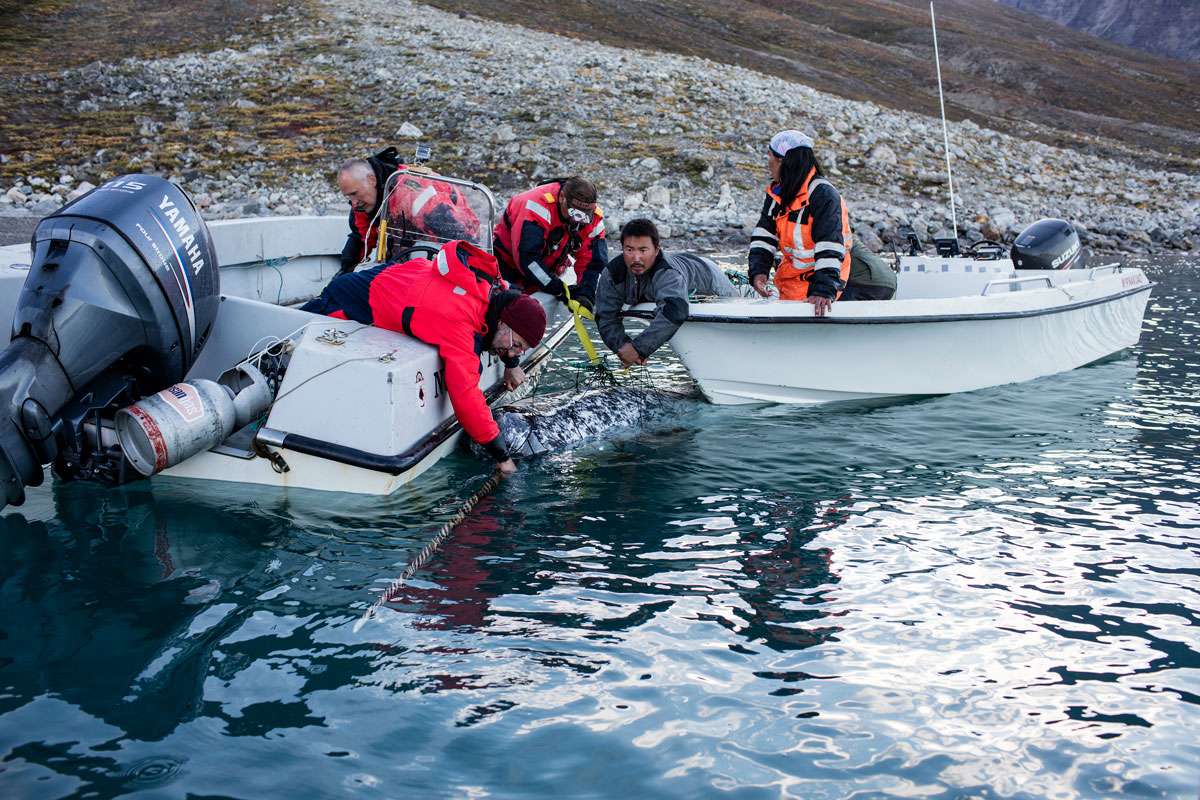If all goes well, local people in towns and villages will collaborate with scientists to formulate a set of ethical guidelines for research in Greenland. The aim is that researchers acknowledge what the locals supply in terms of knowledge contribution so the research can truly benefit Greenland.
By Uffe Wilken, Polarfronten
The narrative has been the same over the past few years. Researchers from near and far stop by in small towns to interview local people and catchers about their project, only to fly back home again to work with their new knowledge. Here, the usually well-meaning call leave nothing but your footprint gains a different meaning: The visitors receive useful information for their research, but leave nothing to those they have spent time with and who have shared their local knowledge. This disparity is one of the things that new ethical guidelines for research practice in Greenland sets out to rectify.
Round trip knowledge
Josephine Nymand is a researcher at Pinngortitaleriffik (Greenland Institute of Natural Resources) and chair of the Greenland Research Council. She is one among several people working to create some ethical guidelines:
“For the past many years, the Research Council has discussed how we should deal with the fact that there are no ethical guidelines for research in Greenland. Therefore, together with Professor Elizabeth Rink from Montana State University, we seek funding for a joint project to formulate an ethical set of rules on how researchers doing fieldwork in Greenland should behave.”
Formulating ethical guidelines is not new. Documents dating back as far as 1996 state that ethical research guidelines should be formulated for Greenland – but nothing has happened since. Josephine Nymand explains:
“Times call for some form of back and forth, for knowledge sharing with the people that the researchers have involved. They need to communicate the results back to the society that helped create the results, and that’s something we have long wanted to formalize.”

